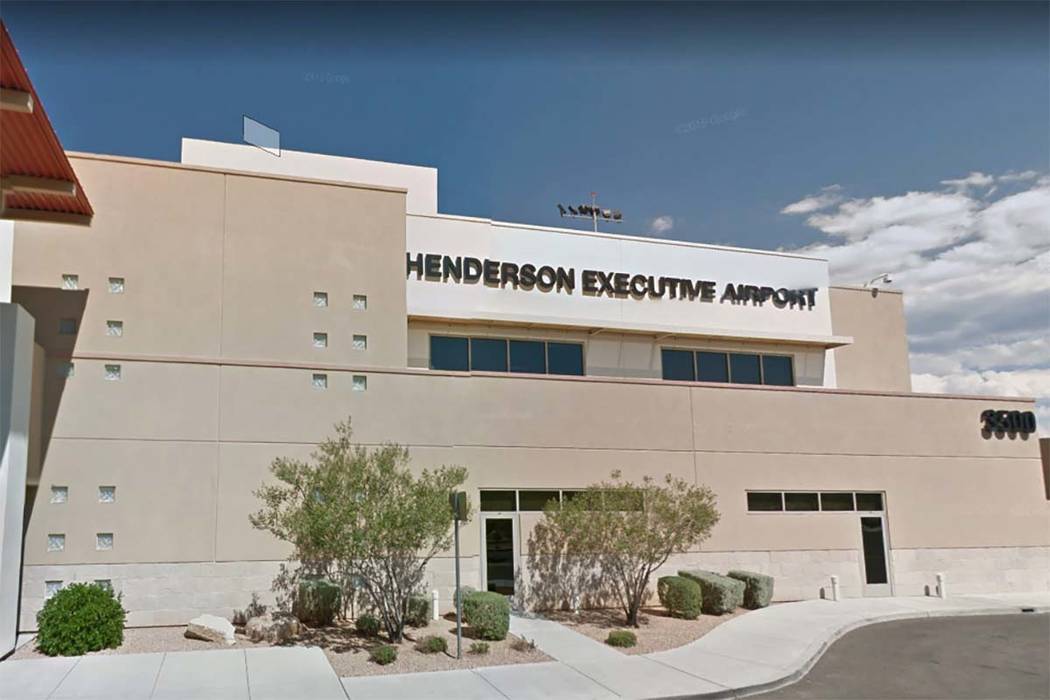Aviation Safety Takes the Spotlight After Two Incidents at Henderson Executive Airport
On March 19, 2025, a small aircraft crashed while attempting to land at Henderson Executive Airport in Las Vegas. Fortunately, there were no injuries reported in the incident, and emergency services responded quickly to ensure the safety of all involved. While the circumstances could have led to a far worse outcome, the professionalism and swift action of local authorities highlighted their preparedness in handling emergencies. Investigations are ongoing to determine the cause of the crash, but it comes during a period of heightened attention surrounding the safety of operations at this regional airport.
This crash follows closely on the heels of a far more tragic event at the same airport. In a separate incident, a twin-engine Cessna 310 collided with a construction site wall near the airport, tragically killing two individuals. The fatal accident painted a stark picture of the risks associated with aviation and underscored the importance of investigating and addressing potential safety challenges.
These back-to-back incidents have cast a spotlight on the Henderson Executive Airport and stirred conversations about the safety measures in place. While general aviation mishaps are relatively rare, these two events occurring in such close succession stress the need for rigorous evaluations of air travel protocols, airport operations, and environmental factors. The recent crashes serve as a reminder that continuous improvements in training, maintenance, and technology are integral to ensuring the well-being of pilots, passengers, and bystanders.
A Closer Look at the March 19 Crash
The small aircraft involved in the March 19 incident reportedly encountered problems while attempting to land, resulting in a crash at the airport. Thankfully, all individuals walked away unharmed, a rare stroke of luck in aviation accidents. Emergency personnel arrived promptly and navigated the situation with skill and efficiency, ensuring no further complications arose.
While the absence of injuries is a relief, the event still raises questions about what went wrong. Was the crash caused by mechanical failure, pilot error, or adverse weather conditions? A thorough investigation will hopefully provide these answers and, more importantly, allow aviation experts to identify corrective measures to prevent similar events in the future.
Remembering the February Crash
The earlier, more devastating crash unmistakably left a mark on the community near the Henderson Executive Airport. In that incident, a Cessna 310 struck a construction site wall while approaching the airport, resulting in the loss of two lives. Such tragedies underscore the inherently high stakes of aviation and amplify calls for heightened safety standards.
Investigators likely faced the difficult task of reconstructing the sequence of events leading up to the February accident. Factors such as pilot training, aircraft maintenance history, weather conditions, and airport infrastructure would all have been placed under scrutiny. These findings, combined with insights drawn from the most recent crash, present an opportunity to double down on the airport's safety mechanisms.
The Role of Emergency Services
Despite the gravity of these two events, one clear takeaway has been the exceptional preparedness and professionalism of local emergency responders. In both cases, authorities minimized further harm by reacting swiftly and effectively. This level of readiness is an essential pillar of aviation safety, as even the best preventative measures cannot eliminate all risks.
Their efforts, however, should not overshadow the pressing need for preventative measures aimed at reducing the likelihood of accidents in the first place. Proactive safety evaluations and the implementation of new safety protocols should go hand-in-hand with strong emergency response plans.
Strengthening Safety at Henderson Executive Airport
As Henderson Executive Airport is a vital hub for both business and personal travel in the Las Vegas area, these incidents may prompt officials and regulators to reexamine current practices. Regular audits, upgraded equipment, and enhanced pilot training programs should all be part of the solution. Furthermore, identifying environmental variables, such as nearby construction or potential obstacles around the airport, could lead to crucial adjustments in flight planning and operations.
The broader aviation community can also learn from these incidents. Stakeholders, including airport managers, pilots, aircraft manufacturers, and regulators, can collaborate to ensure that such accidents become increasingly rare. By leveraging technology, data analysis, and improved infrastructure, the industry can aspire toward a future where safety is prioritized above all else.
A Hopeful Path Forward
While the recent events at Henderson Executive Airport are concerning, they also present an opportunity for growth and improvement. The absence of injuries in the March 19 crash is a reminder of what can go right when emergency preparedness meets timely action. At the same time, the tragedy of February's Cessna crash weighs heavy as a call to action for all involved in aviation.
As investigations continue, one thing remains clear: safety must always be the top priority in aviation. Through diligence, collaboration, and a commitment to improvement, stakeholders can work together to prevent future incidents and build systems that protect lives both in the air and on the ground.
